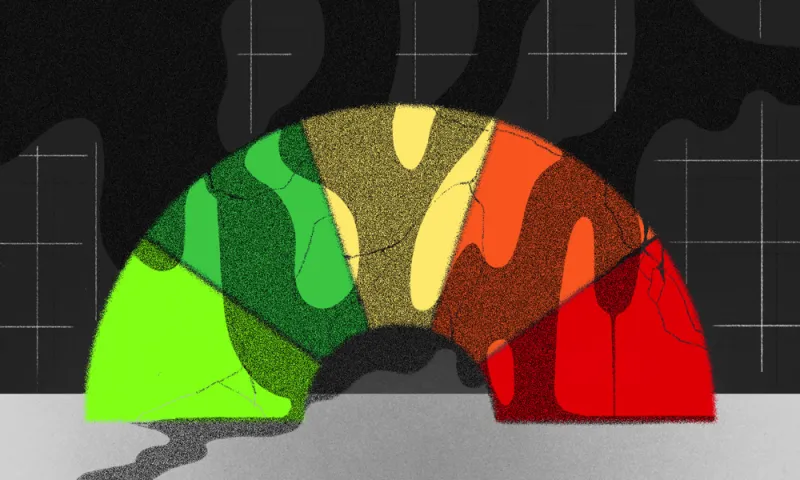It’s getting harder for companies with weak credit ratings to climb their way out from a vulnerable position — and many are weighed down with buyout debt, according to Moody’s Investors Service.
Last year, only 12 percent of companies rated at or below B3 with a “negative” outlook merited upgrades that lifted them from this risky group, Moody’s said in a report Thursday. That’s down from 20 percent in 2018.
When they do leave the list of speculative-grade companies rated at least six levels below investment grade, it’s typically due to default, according to Moody’s. The final three months of last year marked the fifth straight quarter in which defaults were mainly responsible for their removal.
The list of companies ranked at or below B3 “negative” rose 10 percent last year, to 205, according to the report. About 80 percent of the borrowers have Caa ratings — at least seven levels below investment grade — and they are mostly owned by private equity firms.
Moody’s warned in December 2018 that buyout firms will make the next downturn worse, saying the number of private equity-owned companies with weak ratings had swelled to “alarming” levels and may lead to a surge in defaults. “Credit-negative sentiment picked up during 2019,” Moody’s said in Thursday’s report, with 22 percent of companies on its B3 “negative” list falling deeper in junk territory without defaulting.
Companies with Caa ratings are benefiting from the longest U.S. economic expansion ever.
“These companies managed to stay afloat due to accommodating capital markets, loose covenants embedded in their credit agreements and indentures, and a still-benign economic backdrop,” Moody’s said.
[II Deep Dive: Watch Out for This Ballooning Pool of Private Equity-Owned Companies]
Business and consumer services, as well as oil and gas, were the top sectors feeding Moody’s pool of low-rated companies from downgrades last year. While the list is growing, the number of risky companies in 2019 remained 30 percent below a peak of 291.
The peak was seen in 2009, when the U.S. companies were struggling in the Great Recession, and again in 2016, when defaults in the energy sector rose after a plunge in commodity prices, according to a Moody’s spokesperson.
The U.S. speculative-grade default rate ended 2019 at 4.2 percent, up from 2.8 percent from a year earlier, according to the report. “We expect the default rate in the U.S. will moderate to 3.5 percent by the end of 2020, considering no severe deterioration in our macroeconomic assumptions,” Moody’s said.







